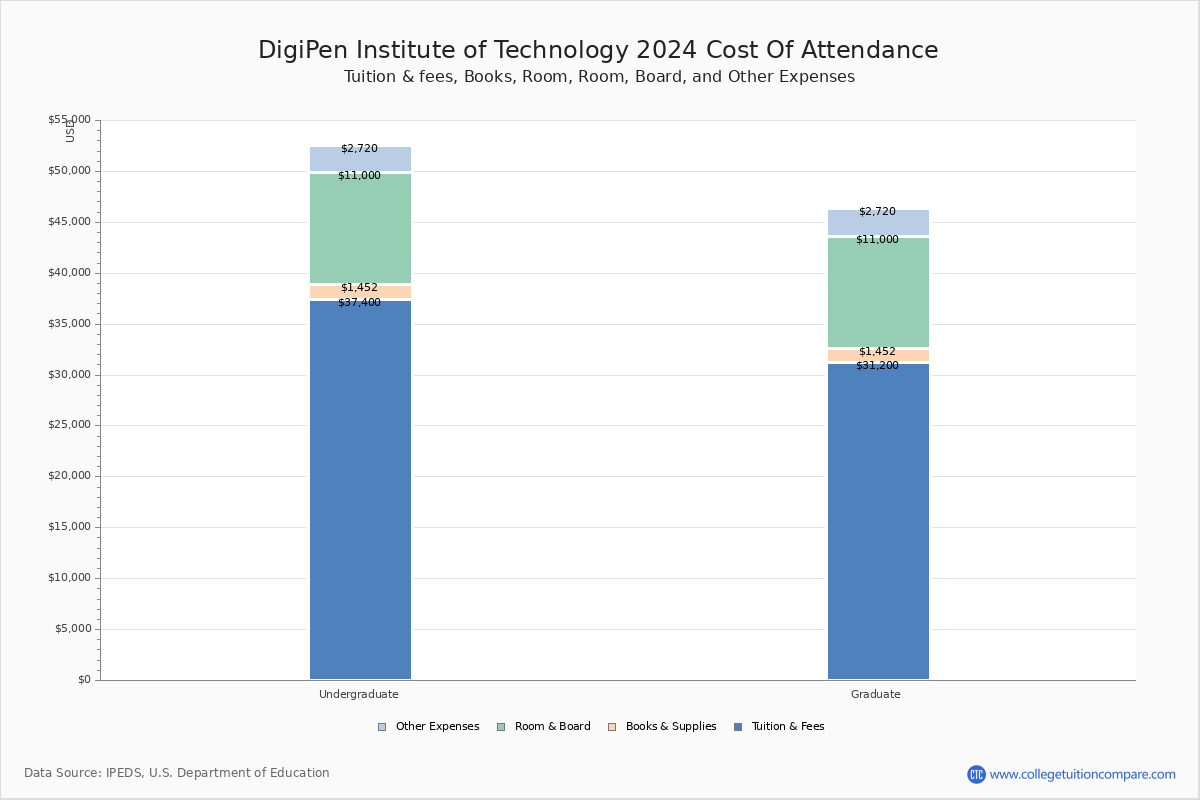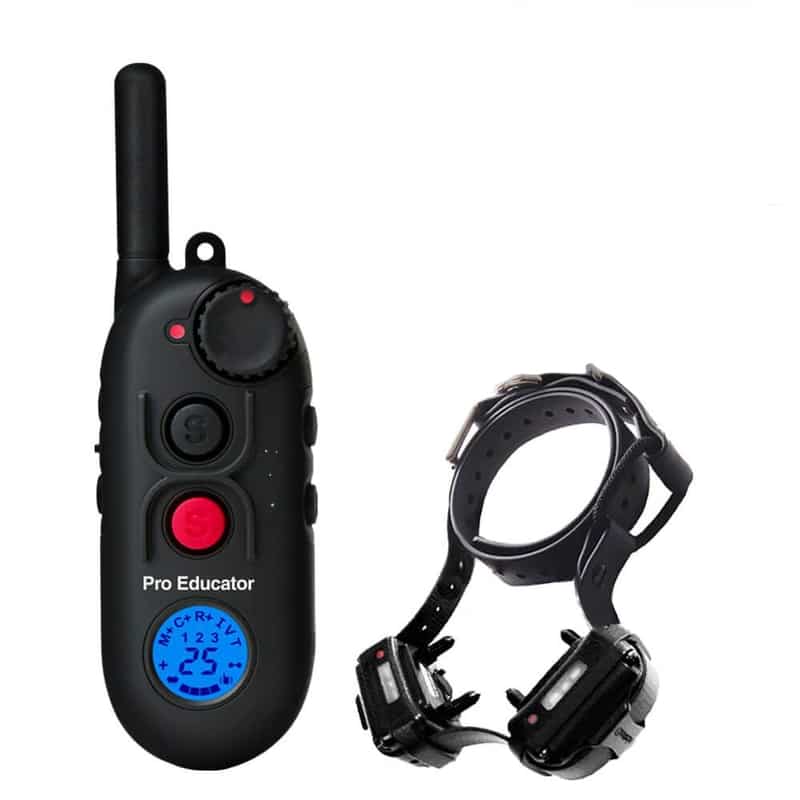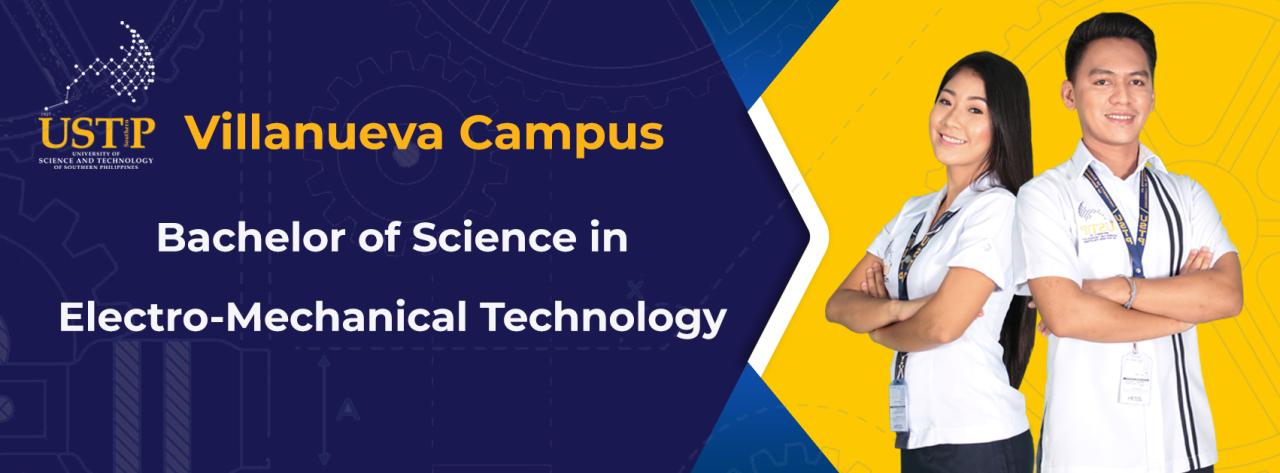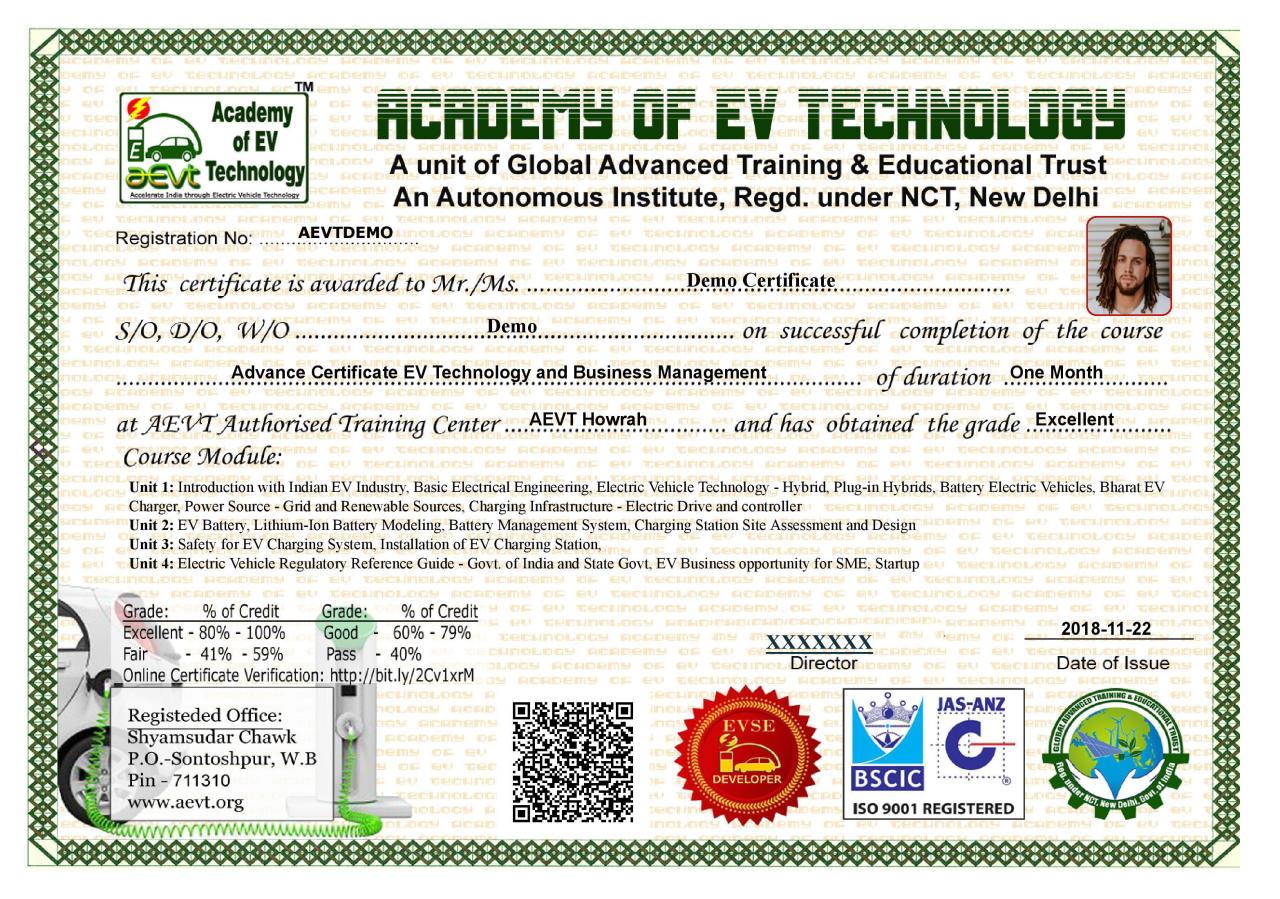Education Technology Grants: Funding Innovation in Learning
Education technology grants are a vital resource for schools and educational institutions looking to embrace innovation and enhance the learning experience. In today’s rapidly evolving digital landscape, technology plays a […]
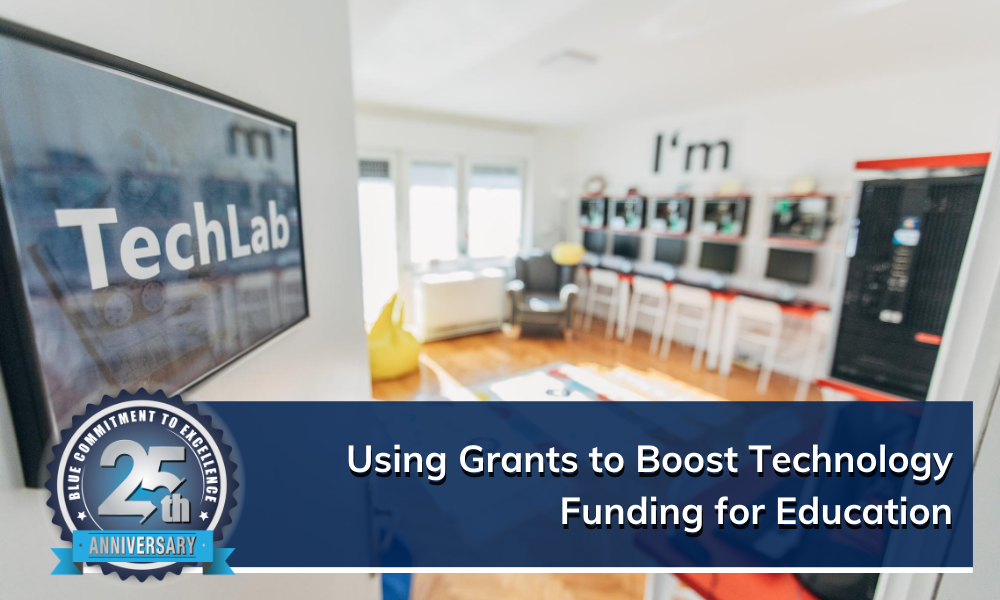
Education technology grants are a vital resource for schools and educational institutions looking to embrace innovation and enhance the learning experience. In today’s rapidly evolving digital landscape, technology plays a crucial role in shaping the future of education. These grants provide valuable funding to implement cutting-edge technologies, fostering a more engaging and effective learning environment for students of all ages.
From interactive software and virtual reality experiences to digital learning platforms and accessibility tools, education technology grants empower educators to leverage the power of technology to personalize learning, address individual needs, and prepare students for the challenges of the 21st century. These grants offer a unique opportunity for educational institutions to bridge the gap between traditional learning methods and the demands of a technologically driven world.
Types of Education Technology Grants
Education technology grants play a crucial role in empowering educators and students with the tools and resources they need to thrive in the 21st century. These grants can be a valuable source of funding for implementing innovative educational technologies, improving teaching practices, and enhancing student learning outcomes. Understanding the different types of grants available and their specific focus areas is essential for maximizing the chances of securing funding.
Federal Grants
Federal grants are funded by the United States government and are typically awarded through competitive application processes. They often focus on national priorities in education, such as STEM education, teacher training, and digital equity.
- The Every Student Succeeds Act (ESSA) provides funding for states to implement their own education plans, including initiatives that support the use of technology in schools.
- The Investing in Innovation (i3) program supports the development and implementation of innovative educational programs, including those that utilize technology to improve student outcomes.
- The Technology Innovation and Improvement Fund (TIIF) provides grants for projects that use technology to improve teaching and learning, including the development of digital learning resources and the integration of technology into the curriculum.
State Grants, Education technology grants
State grants are funded by individual state governments and are often focused on meeting specific state-level educational needs. They can vary significantly in their focus areas, but common themes include supporting technology infrastructure, professional development for teachers, and digital literacy initiatives.
- California’s Digital Learning Initiative provides funding for schools to implement digital learning programs, including the purchase of devices, software, and professional development for teachers.
- New York’s Smart Schools Investment Program offers grants to schools for projects that use technology to improve student outcomes, such as the implementation of blended learning models and the use of data analytics to personalize learning.
- Texas’s Technology for Tomorrow Fund provides grants to schools for technology-related projects, including the purchase of equipment, the development of digital learning resources, and the training of teachers.
Private Grants
Private grants are funded by foundations, corporations, and other private organizations. They often have specific focus areas, such as supporting STEM education, promoting accessibility for students with disabilities, or funding innovative educational technologies.
- The Bill & Melinda Gates Foundation supports projects that aim to improve education for all students, including those that use technology to personalize learning and improve student outcomes.
- The Google for Education Grants program provides funding for projects that use Google products and services to enhance teaching and learning.
- The Verizon Innovative Learning program supports projects that use technology to empower students in underserved communities.
Grants for Specific Educational Levels
Education technology grants are available for various educational levels, from K-12 to higher education.
- K-12 Grants: The majority of federal and state grants focus on K-12 education, with a particular emphasis on supporting technology infrastructure, professional development for teachers, and the implementation of digital learning initiatives. Examples include the ESSA, the i3 program, and state-level grants for technology infrastructure and teacher training.
- Higher Education Grants: Grants for higher education often focus on the development and implementation of innovative teaching and learning technologies, such as online learning platforms, virtual reality simulations, and data analytics tools. Examples include the TIIF, the Google for Education Grants program, and grants from foundations that support research and innovation in higher education.
Challenges and Considerations

Securing education technology grants can be a complex process for educational institutions. Numerous challenges arise, ranging from the competitive grant landscape to the complexities of implementing technology effectively. Understanding these challenges and implementing strategic solutions is crucial for maximizing the benefits of technology grants.
Overcoming Grant Application Challenges
Securing education technology grants requires careful planning and strategic execution. Educational institutions often face a multitude of hurdles in the grant application process, such as:
- Competition: The education technology grant landscape is highly competitive, with numerous institutions vying for limited funding.
- Grant Requirements: Meeting specific grant requirements, such as eligibility criteria, project scope, and budget constraints, can be demanding.
- Grant Writing: Crafting compelling grant proposals that effectively communicate the project’s vision, impact, and feasibility is crucial.
- Lack of Resources: Limited resources, such as staff time and expertise, can hinder the development and submission of strong grant proposals.
To overcome these challenges, educational institutions can implement various strategies:
- Collaboration: Partnering with other institutions, community organizations, or technology companies can enhance grant proposals and increase funding opportunities.
- Professional Development: Investing in grant writing workshops and training for staff can improve the quality of grant proposals and increase success rates.
- Grant Research: Thoroughly researching available grant opportunities, including eligibility criteria and funding priorities, is essential.
- Data Collection: Collecting data on existing technology needs, student performance, and program effectiveness can strengthen grant proposals and demonstrate project impact.
Effective Technology Implementation
Once a grant is secured, successful implementation of technology is critical to achieving the desired educational outcomes. Key considerations include:
- Technology Integration: Integrating technology seamlessly into the curriculum and teaching practices requires careful planning, teacher training, and ongoing support.
- Infrastructure: Ensuring robust and reliable technology infrastructure, including internet access, devices, and software, is crucial for effective implementation.
- Data Security: Protecting student data and ensuring compliance with privacy regulations is paramount.
- Equity and Access: Ensuring equitable access to technology for all students, regardless of their background or location, is a critical aspect of effective implementation.
To address these challenges, educational institutions can adopt the following strategies:
- Teacher Training: Providing teachers with ongoing training and professional development opportunities on technology integration and best practices is essential.
- Technology Support: Establishing a dedicated technology support team to address technical issues and provide ongoing assistance to teachers and students is crucial.
- Data Management: Implementing secure data management practices and policies to protect student information is essential.
- Accessibility: Providing accessible technology for students with disabilities and ensuring equitable access for all students is a critical component of successful implementation.
Ethical and Societal Implications
The use of technology in education raises ethical and societal considerations that must be addressed.
- Privacy and Data Security: Collecting and using student data ethically and responsibly, while respecting privacy and data security, is paramount.
- Digital Divide: Addressing the digital divide and ensuring equitable access to technology for all students, regardless of their socioeconomic background, is crucial.
- Screen Time and Wellbeing: Balancing technology use with other learning activities and promoting students’ overall well-being is essential.
- Bias and Fairness: Ensuring that educational technology is unbiased and fair, avoiding perpetuating existing inequalities, is critical.
To navigate these challenges, educational institutions can:
- Ethical Guidelines: Develop clear ethical guidelines for the use of technology in education, addressing issues such as data privacy, digital equity, and screen time.
- Critical Thinking: Encourage students to develop critical thinking skills related to technology use, including evaluating information sources and understanding the potential risks and benefits.
- Community Engagement: Engage with parents, educators, and community members in discussions about the ethical and societal implications of technology in education.
- Diversity and Inclusion: Ensure that technology is used in a way that promotes diversity and inclusion, respecting different learning styles and backgrounds.
Final Review: Education Technology Grants

By embracing the opportunities presented by education technology grants, educational institutions can unlock a world of possibilities, transforming classrooms into dynamic and engaging learning environments. The impact of these grants extends beyond the immediate benefits of technology implementation, fostering a culture of innovation, creativity, and lifelong learning that will shape the future of education for generations to come.
Education technology grants can be a game-changer for schools and educators, providing funding for innovative tools and resources. One company that can help with implementing these technologies is precision technologies international , offering expert guidance and a wide range of solutions.
By partnering with organizations like this, schools can effectively leverage grants to create engaging and effective learning environments for their students.

